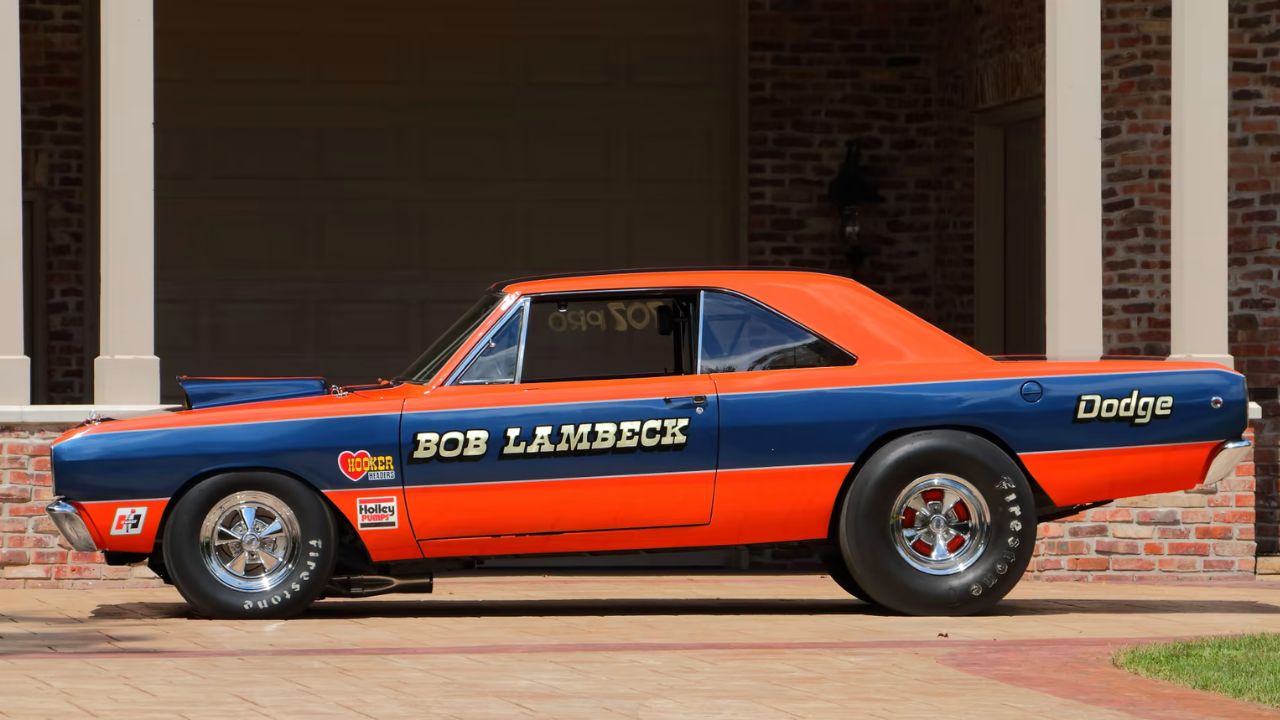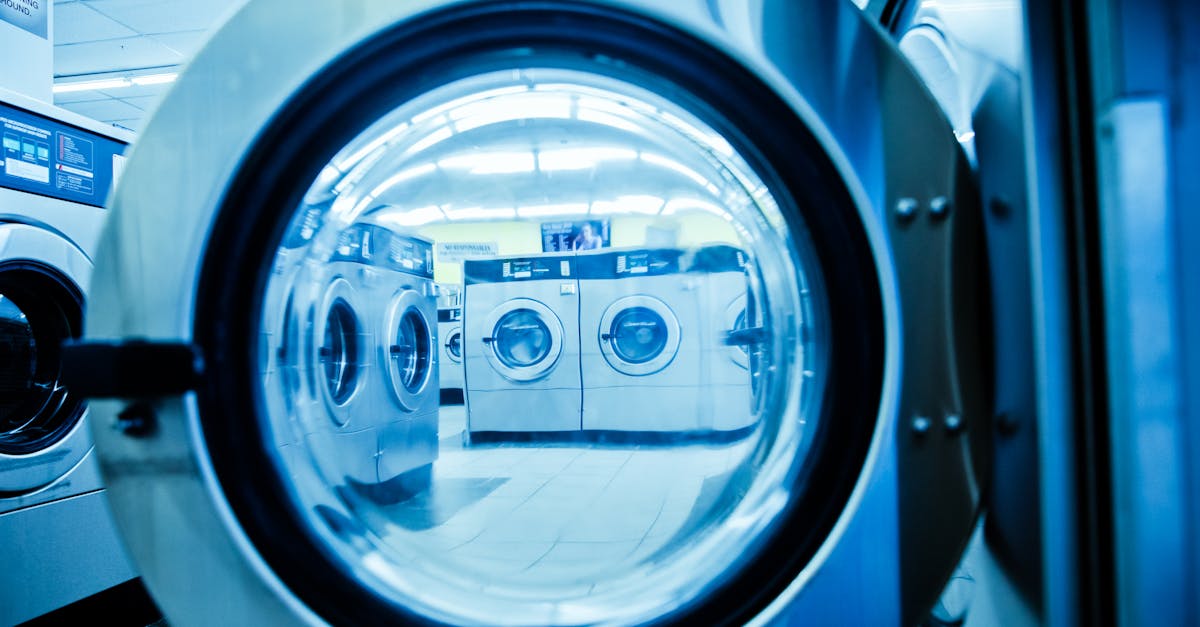A long-lasting engine is quite possibly the most important component for any modern vehicle. Throughout history, the automotive world has been one of some genuinely remarkable powertrains that have lasted for years.
A reliable car is a great car, and we’ve found 13 of the best engines throughout history that can go the distance. Their reliability is the sole reason they made this list, and all of them have earned legendary status because of this.
Toyota 22R
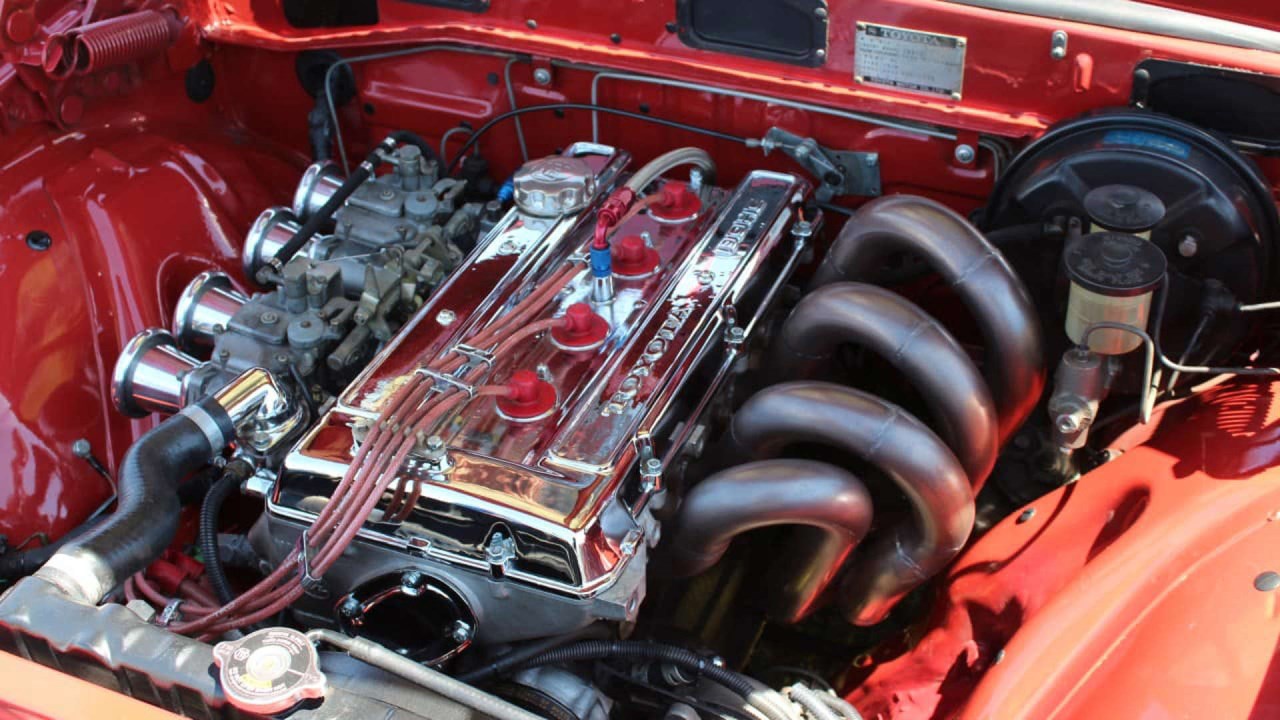
The Toyota 22R is hailed as one of the most robust and longest-lasting engines ever produced. Introduced in the late 1970s, it entered total production in 1981 and lasted until 1997.
The 22R underwent significant reworking in 1985, with its output raised to 113 horsepower and 140 lb-ft of torque. A turbocharged version made from 1985 to 1988 produced 135 horsepower, and the 22R would find useful service in vehicles such as the Toyota Corona, Toyota Hilux, and Toyota Cressida.
Honda K-Series
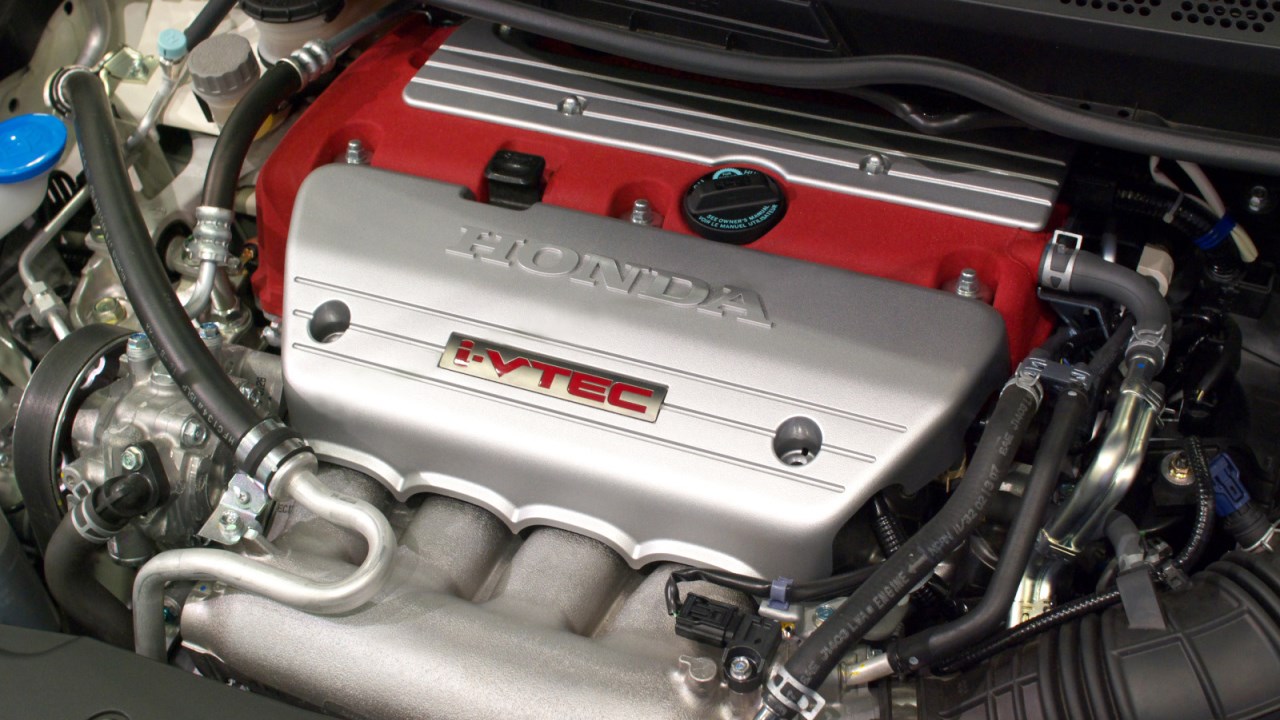
With Honda famed for its legendary reliability, it should come as no surprise that the Japanese marque engines have made it onto this list. The K-Series was launched in 2001, with displacements ranging from 2.0 to 2.4 liters, and it has made a name for itself in many models.
The K-Series is most famous for vehicles such as the Civic Type R, the Acura/Honda Integra, the Accord, and the CR-V. The availability of both a naturally aspirated and turbocharged version was the icing on the cake.
Toyota 1JZ/2JZ
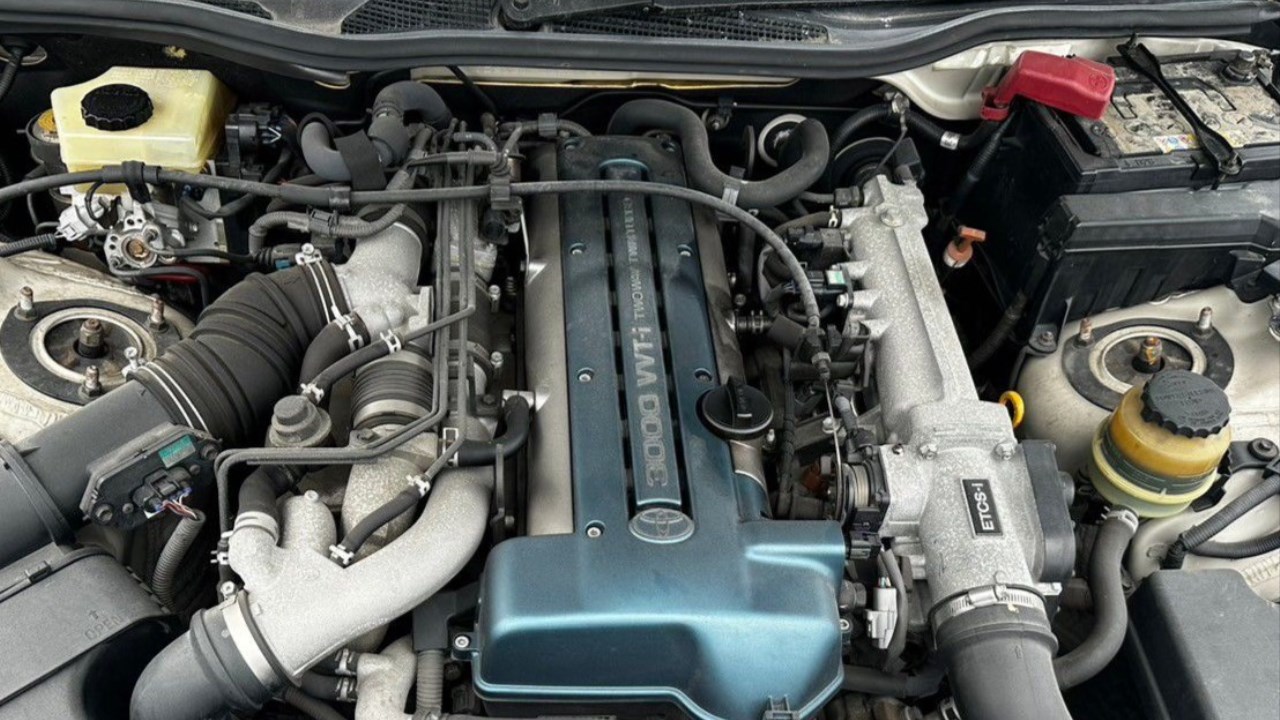
It should come as no surprise that Toyota knows how to produce more than one good engine. The 1JZ and 2JZ units, known for their use in sports cars such as the Supra, were some of the very best. Arguably, the 3.0-liter inline-six 2JZ is the best of the bunch and undoubtedly the most famous.
The 1JZ itself also had a remarkable lifespan, with production of the 2.5-liter inline-six lasting for 17 years. Not only would the JZ engines provide excellent performance, but they were also as bulletproof as they come.
Jeep 4.0
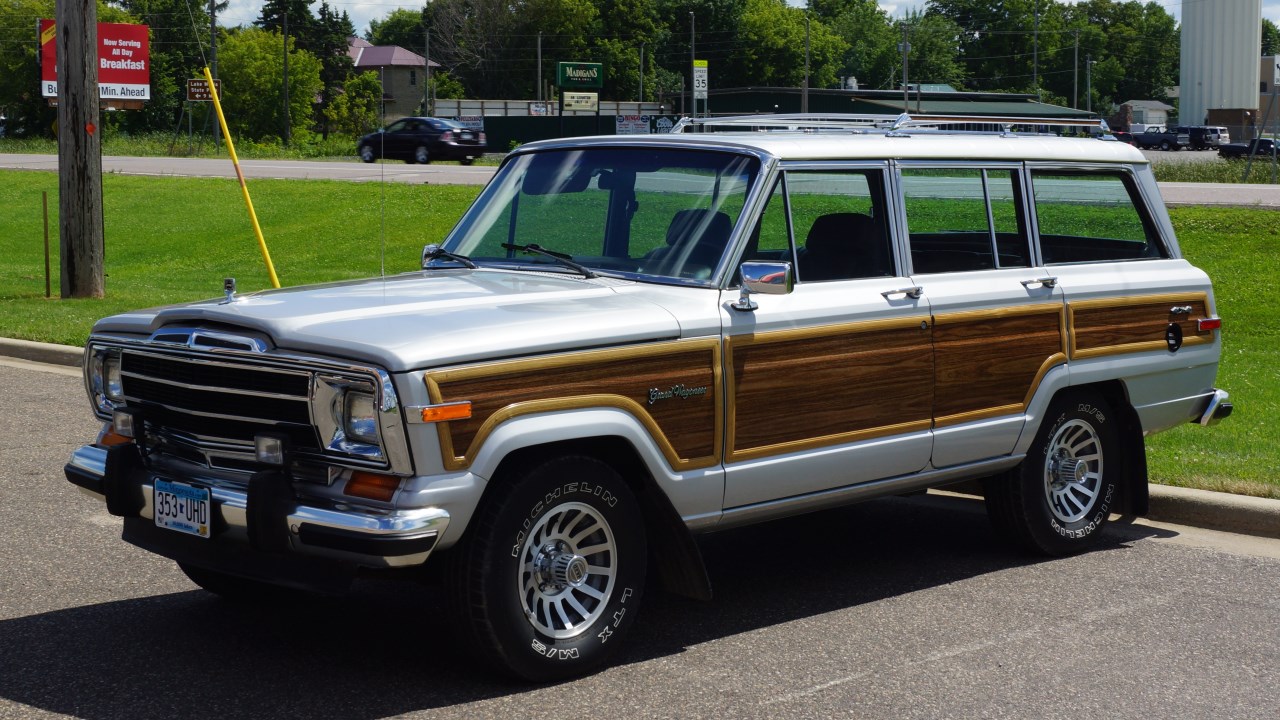
While Jeep sometimes doesn’t have the best reputation for reliability, it isn’t always bad. The Jeep 4.0 engine went against the grain, and it’s not unheard of for these powertrains to manage upwards of 200,000 miles before they need replacing, which is an astonishing achievement.
AMC produced the engine, which debuted in 1986. Jeep used it until 2006. Its replacement was the equally reliable 3.8-liter OHV V6. The 4.0-liter inline-six was typically found inc ars such as the Jeep Wagoneer and Wrangler and produced up to 190 horsepower and 235 lb-ft of torque.
GM LS V8
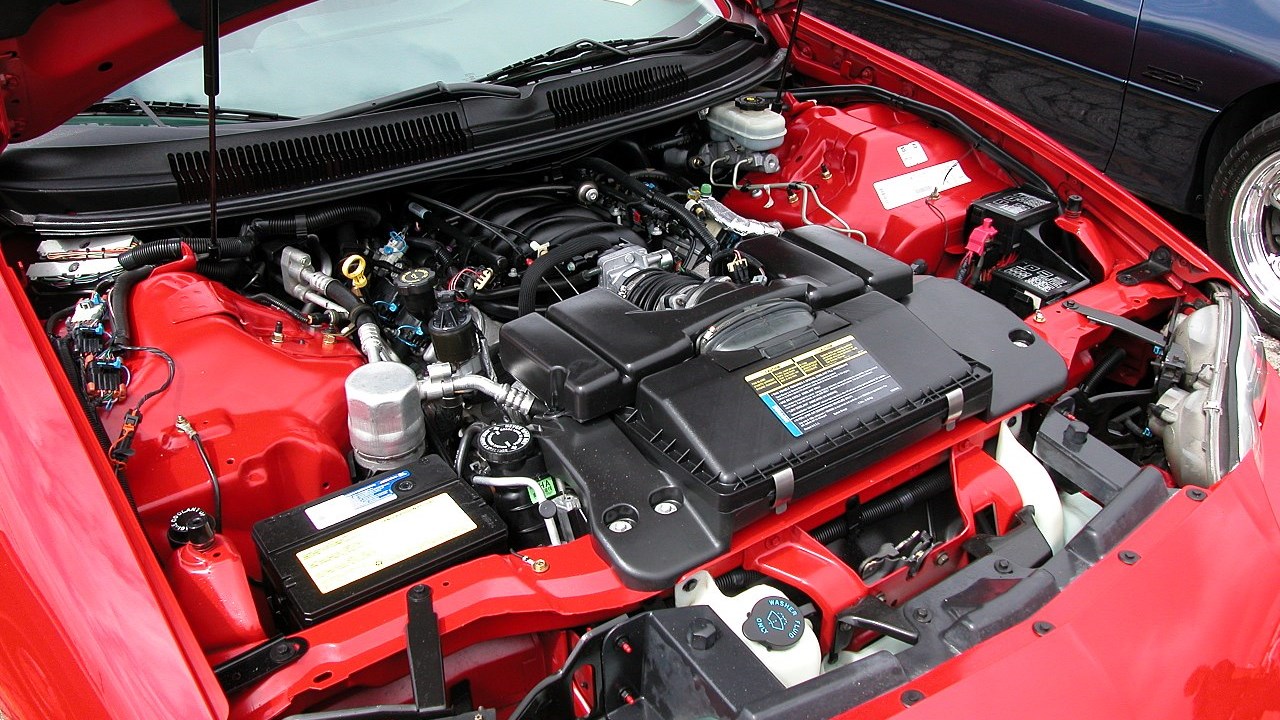
Say what you like about the quality of American engines, but the United States knows how to build a tough and durable small-block V8 engine. The General Motors (GM) LS V8 is a testament to that, with the current generation having been around since the late 1990s.
Over that time, three generations of LS V8 have been produced, with a fourth due in the next few years. Various displacements have appeared over the years, ranging from 4.8-liter versions to massive 7.4-liter engines and up to 800 horsepower.
Volkswagen ABF
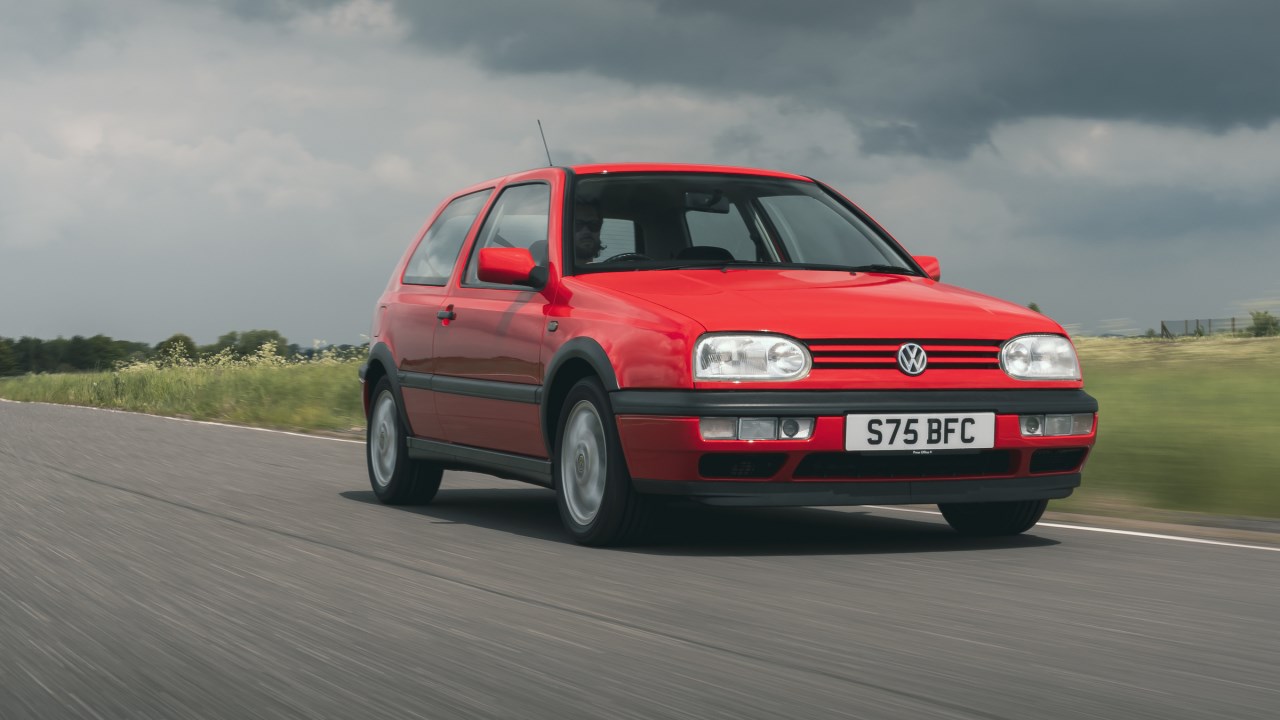
It is often forgotten just how good the Volkswagen ABF engine is, simply because it was so short-lived. Volkswagen only produced the engine from 1992 to 1999, and you would often find it under the hood of the Mk III Golf GTI or the fourth-generation Volkswagen Passat.
The ABF was a solid engine, producing 148 horsepower and 133 lb-ft of torque. As its placement on this list demonstrates, it was also incredibly reliable. Many users use it as a performance swap in various Volkswagen builds.
Mercedes-Benz OM617
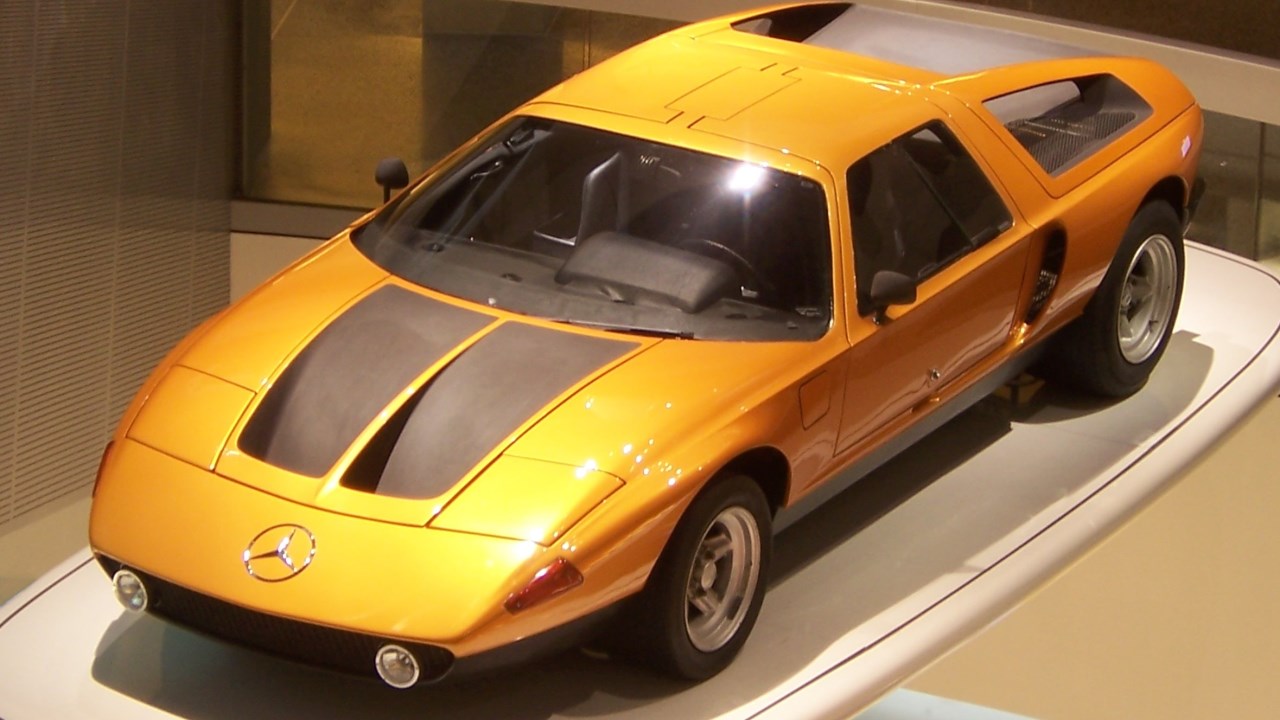
While modern Mercedes-Benz engines can sometimes have iffy reliability, some of its older engines are still going strong today. The OM617 is one of Mercedes’ best engines, built between the 1970s and 1990s. It consisted of a 3.0-liter unit with a cast iron block and head.
The German manufacturer’s customers found the engine under the hood of the W115 and in the radical C111-IID concept, which set 16 world land speed records. Initially, it produced just 79 horsepower, but upgrades later saw the OM617 produce 227 horsepower.
BMW M50
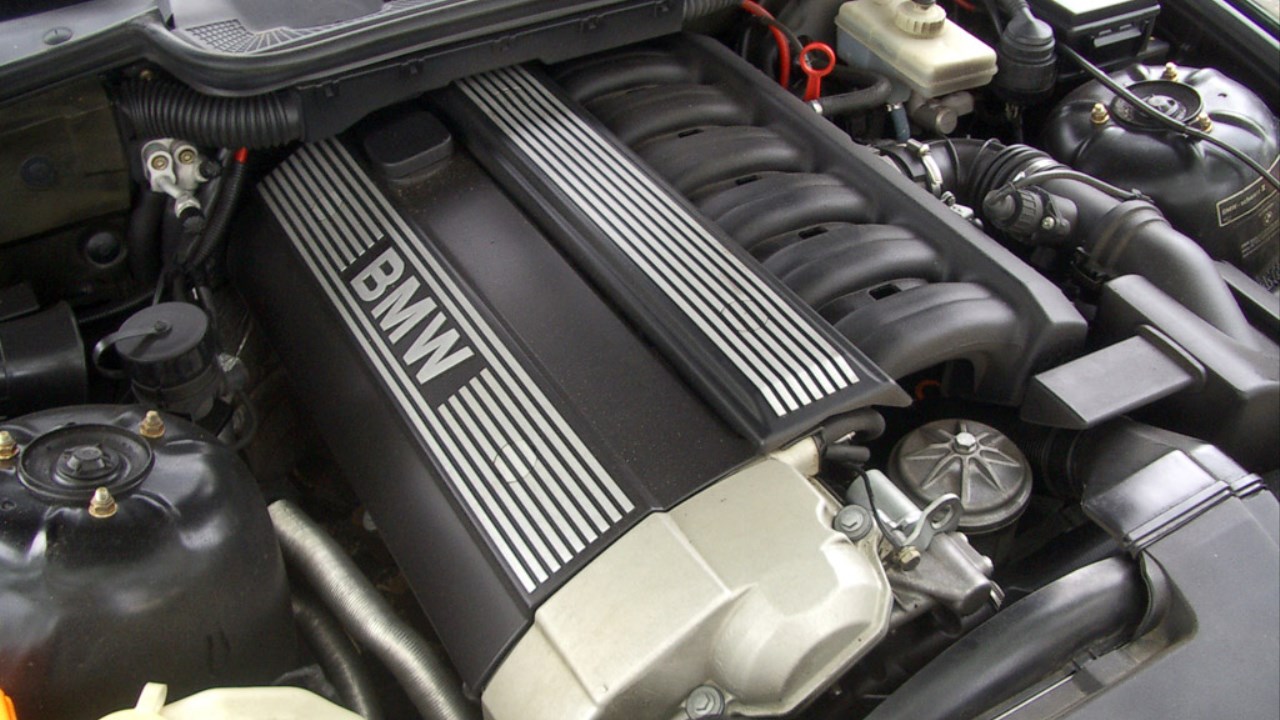
When we think of inline-six engines, we naturally think of BMW as the two go together as a natural fit. Out of all of BMW’s famous six-pot engines, the M50 stands above them all as an absolute legend. Yet BMW only produced the engine from 1990 to 1996, with it replacing the M20 and first appearing in the E34 5 Series.
The displacement ranged from 2.0 to 2.5 liters, and the power ranged from 148 to 189 horsepower. Thanks to its single VANOS intake upgrade in 1992, the M50 also became the first BMW powertrain to use variable valve timing.
GM 5.3-Liter Vortec 5300
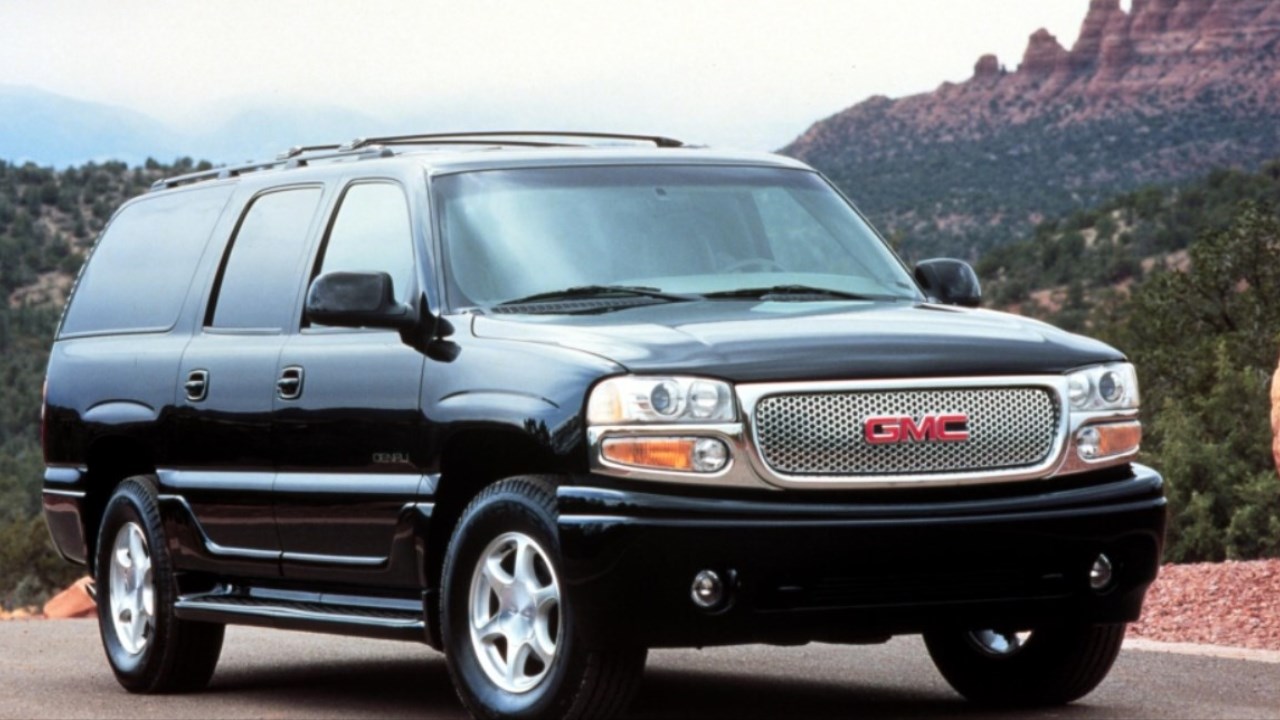
One of the other fine powertrains to emerge from GM is the 5.3-liter V8. This engine would find its way into various General Motors vehicles, including the GMC Yukon XL and the Chevrolet Suburban. The Vortec 5300 would produce 270 horsepower and 315 lb-ft of torque, making it one of GMs most potent engines at the time.
The Vortec V8 family included two engines: the LM7 and the LC9. Both are very reliable, although the LM7 is slightly more reliable, with its small-block V8 made of cast iron and aluminum.
Mazda 2.0L Skyactiv-G
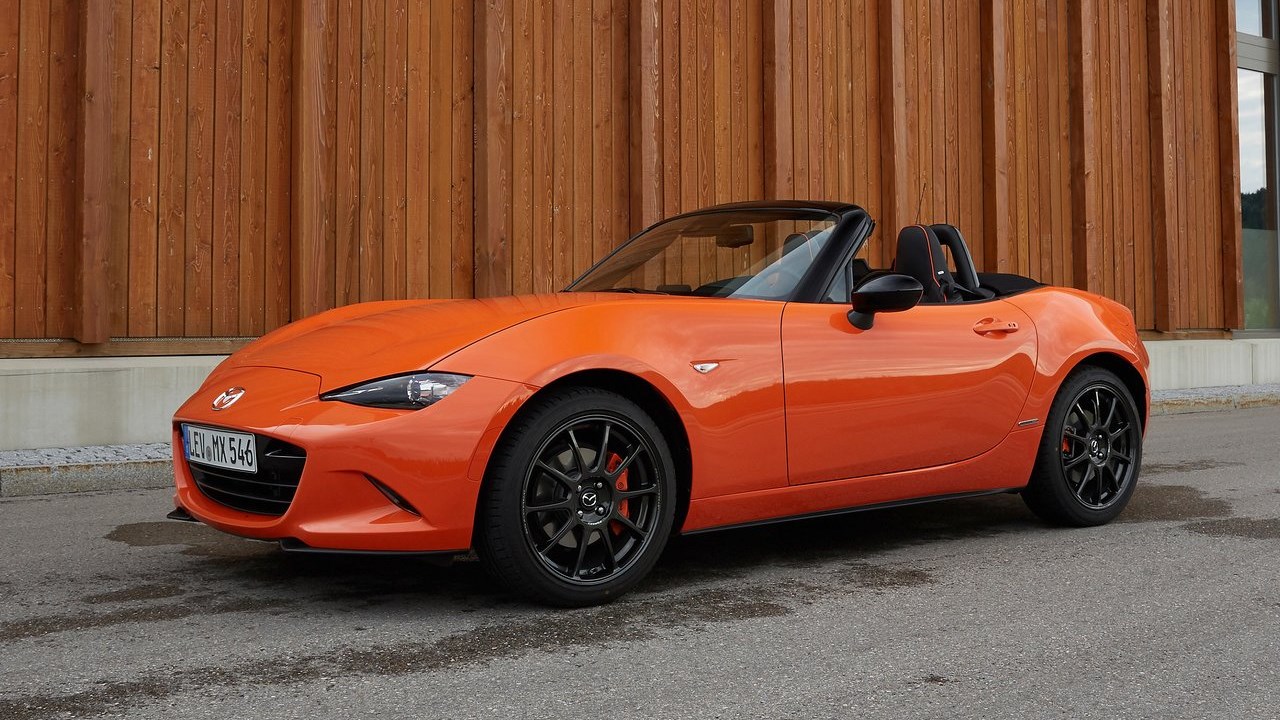
Mazda is well known for producing some brilliant engines. In recent years, it has become known for the brilliant Skyactiv-G range, which was first introduced back in 2011. The 2.0-liter Skyactiv G really stands out, and it is under the hood of the North American MX-5 Miata ND and the CX-5 Crossover.
The Skyactiv-G is a fun and potent powertrain, and Mazda hasn’t sacrificed reliability for performance. With careful use, the Skyactiv-G could reach 200,000 miles, and more recently, the engine has found its way into the latest Mazda3.
Toyota 2GR
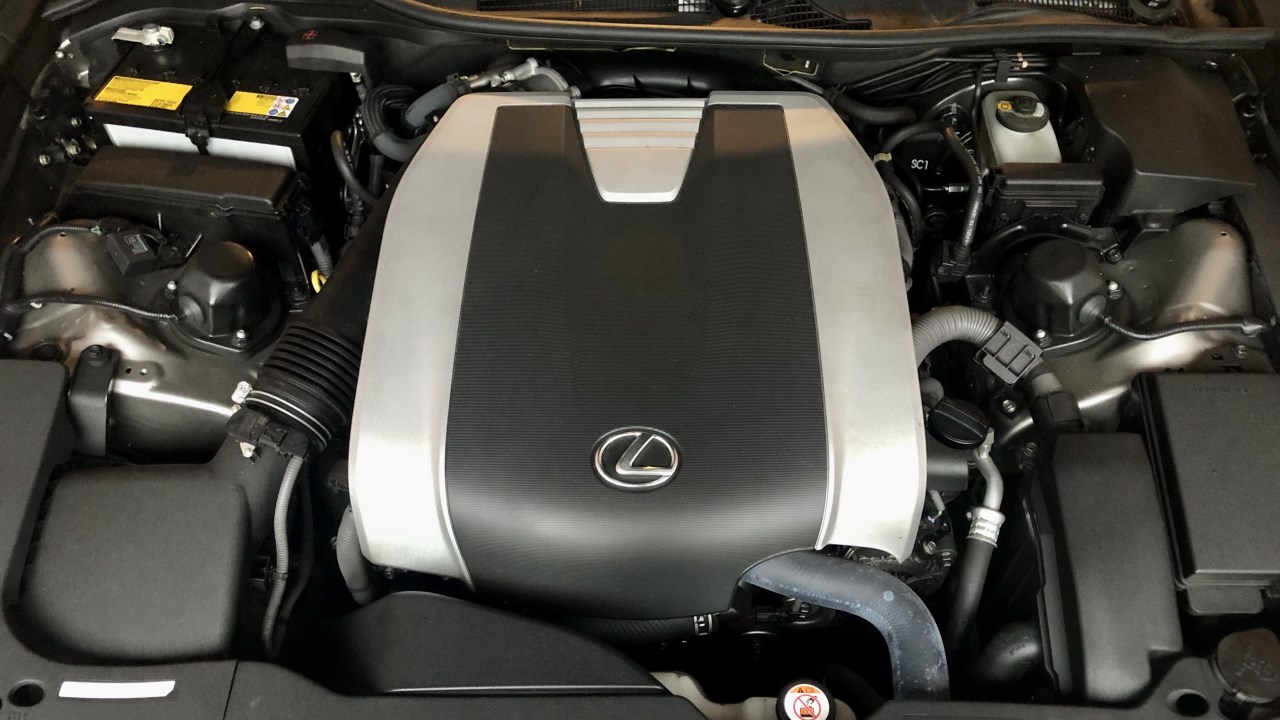
Few engines throughout history can claim to be as reliable as the Toyota 2GR. The Japanese manufacturer introduced the 3.5-liter 60-degree V6 engine in 2005, and it has spawned eight different variants and a few sub-variants.
The 2GR was also used in the Lotus Evora sports car. Power ranged from 245 to 345 horsepower, with the latter figure thanks to the engine’s inclusion in the supercharged Lotus Evora S. The 2GR was also used in the Toyota Tacoma, Camry, and Avalon.
Ford 300 Straight-Six
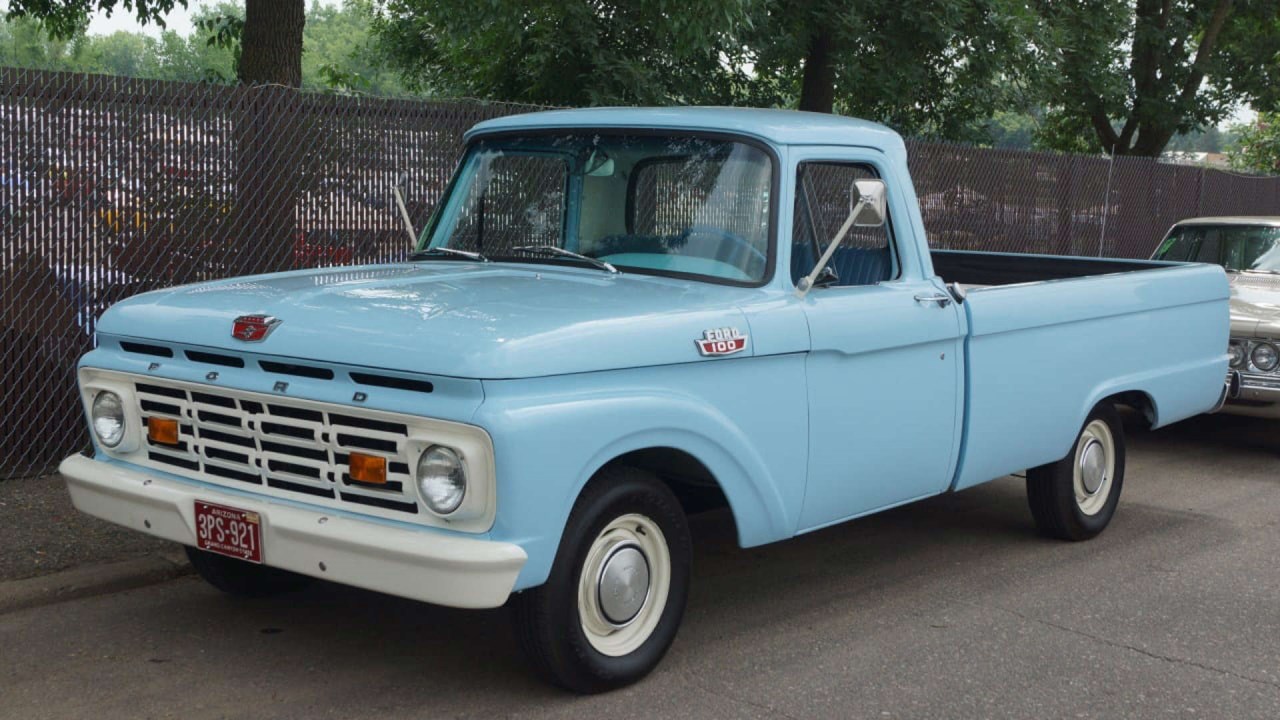
Ford’s straight-six engines are some of the most iconic ever made. However, the fourth-generation F300 engine really stands out. This 300 ci 4.9-liter straight-six first appeared in the 1965 F-Series pickup trucks, producing 170 horsepower. However, thanks to the gas crisis of the 1970s, power dropped to 114 in 1978.
Ford, though, would make good use of the straight-six. It found its way into everything from pickups to dump trucks, and it would also take three victories at the Baja 1000 with the legendary Scott Donohue at the wheel.
Chrysler Slant-Six/G-Engine
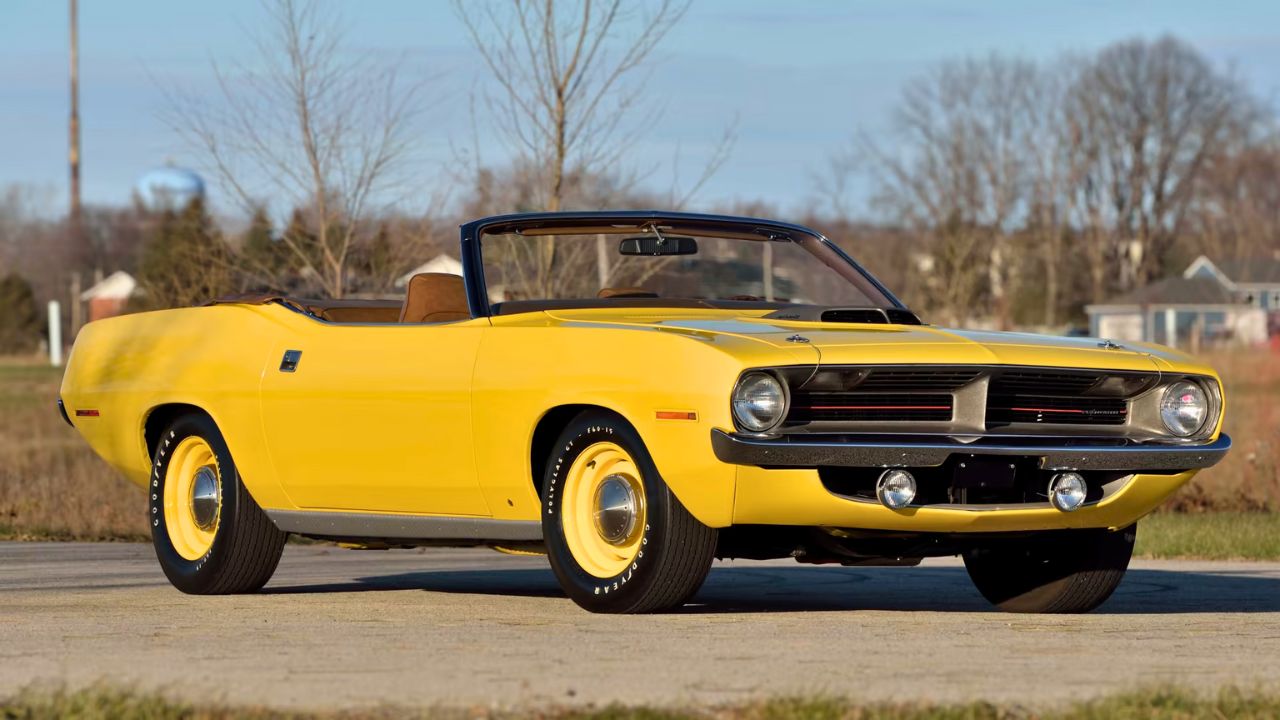
What makes the Chrysler slant-six engine stand out is its incredible reliability record across a wide range of vehicles. The slant-six would be found in 31 models, including the Chrysler Cordoba, LeBaron, and Fifth Avenue, the Dodge Dart, Aspen, Challenger, and Charger, and the Plymouth Barracuda.
The slant-six engine was canted at 30 degrees, and its displacement varied from 2.8 to 3.7 liters. Within those engines were a variety of variations, including short blocks and tall blacks, plus different numbers on the main bearings.
